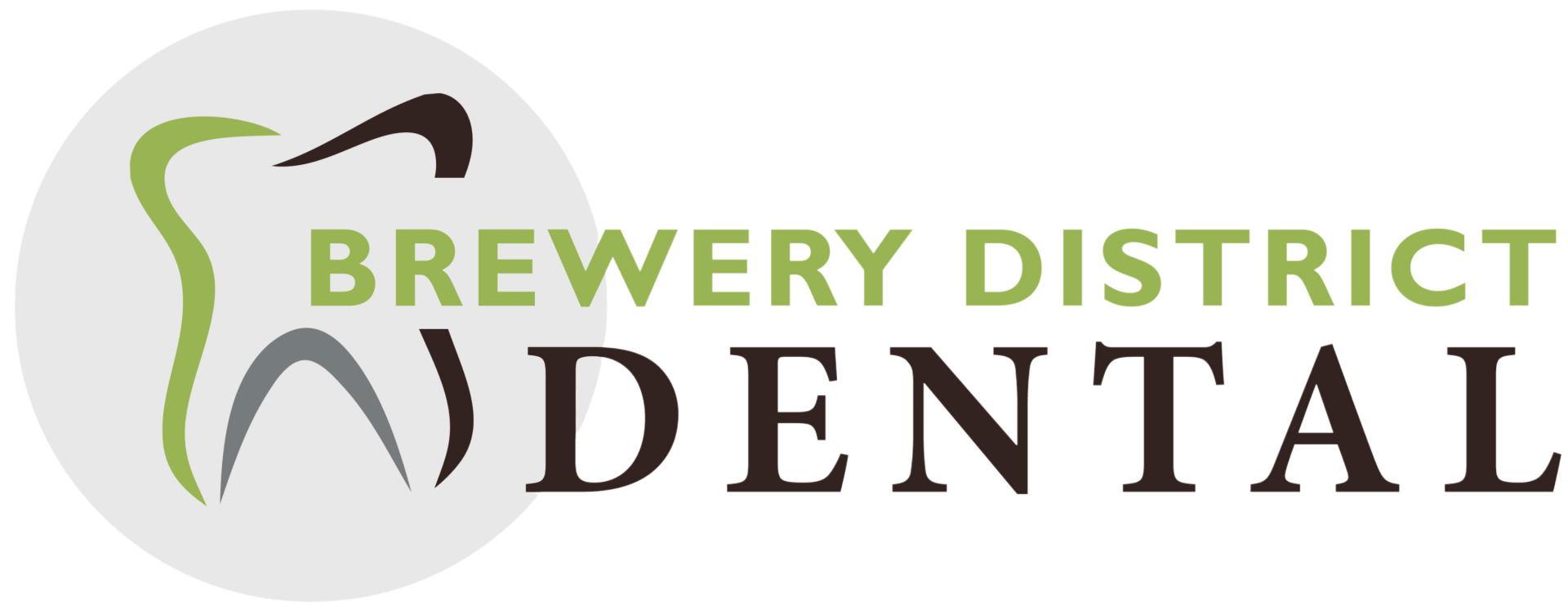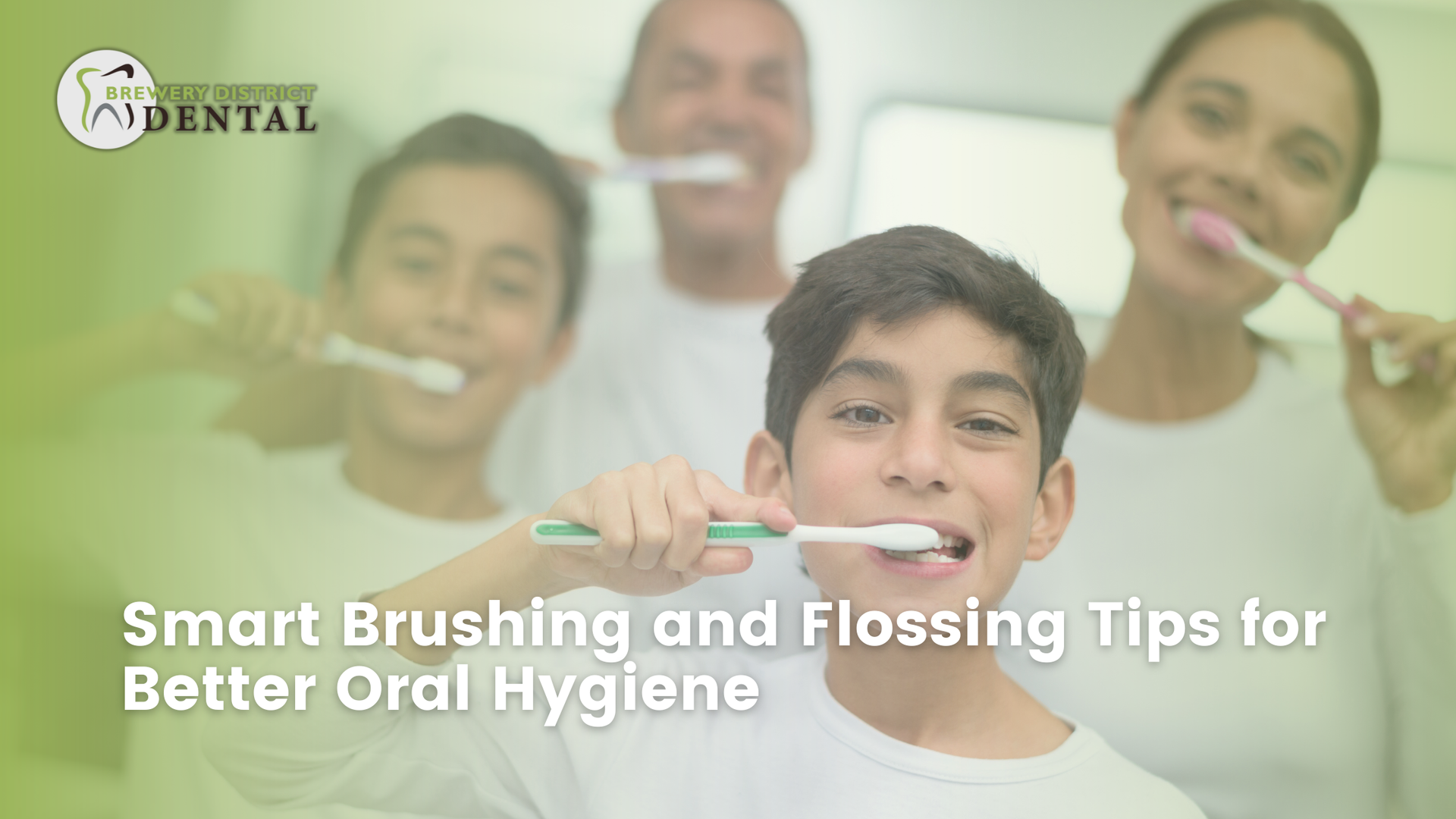From Start to Recovery: The Tooth Extraction Process
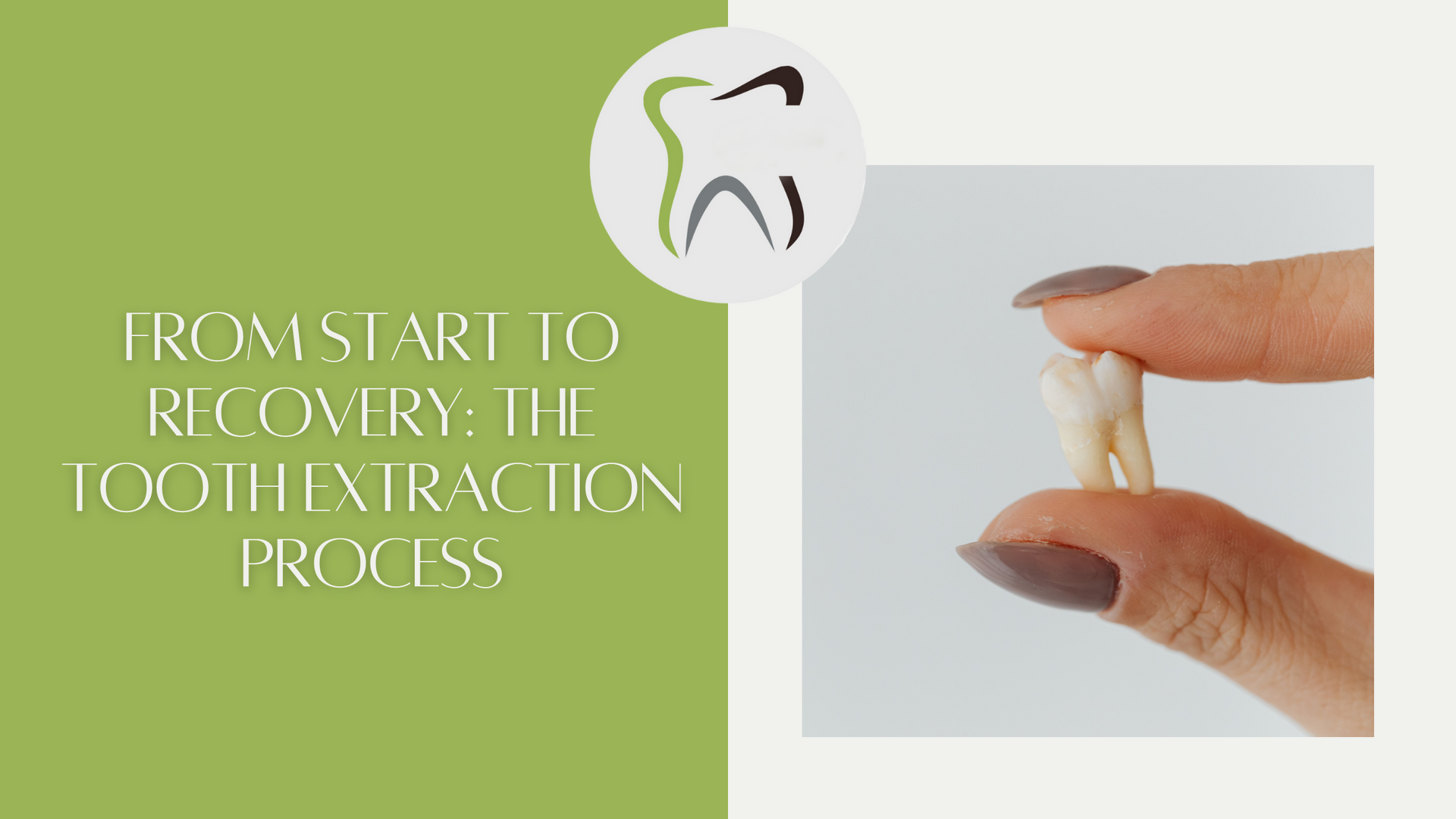
Source: Dr. Marketing
Tooth extraction is a common and often necessary procedure used to support long-term oral health. Whether performed due to decay, damage, crowding, or infection, the process is more predictable and comfortable than many patients assume. At Brewery District Dental in New Westminster, we believe education eases anxiety, so we walk each patient through every step—before, during, and after the procedure.
This guide will help you feel prepared and informed about your upcoming extraction.
Why Extractions Are Sometimes Necessary

Although preserving natural teeth is always the goal, certain situations call for removal. Infections that have spread beyond the tooth’s structure, fractures that extend below the gumline, or teeth causing overcrowding may all require extraction. Wisdom teeth that are impacted or emerging at an angle often create pressure, inflammation, or misalignment, and are best removed before complications arise.
We only recommend an extraction when it is the most appropriate step for your comfort and oral health. With careful diagnosis and patient-specific planning, the process becomes straightforward and manageable.
Your Initial Consultation: The Foundation of Care
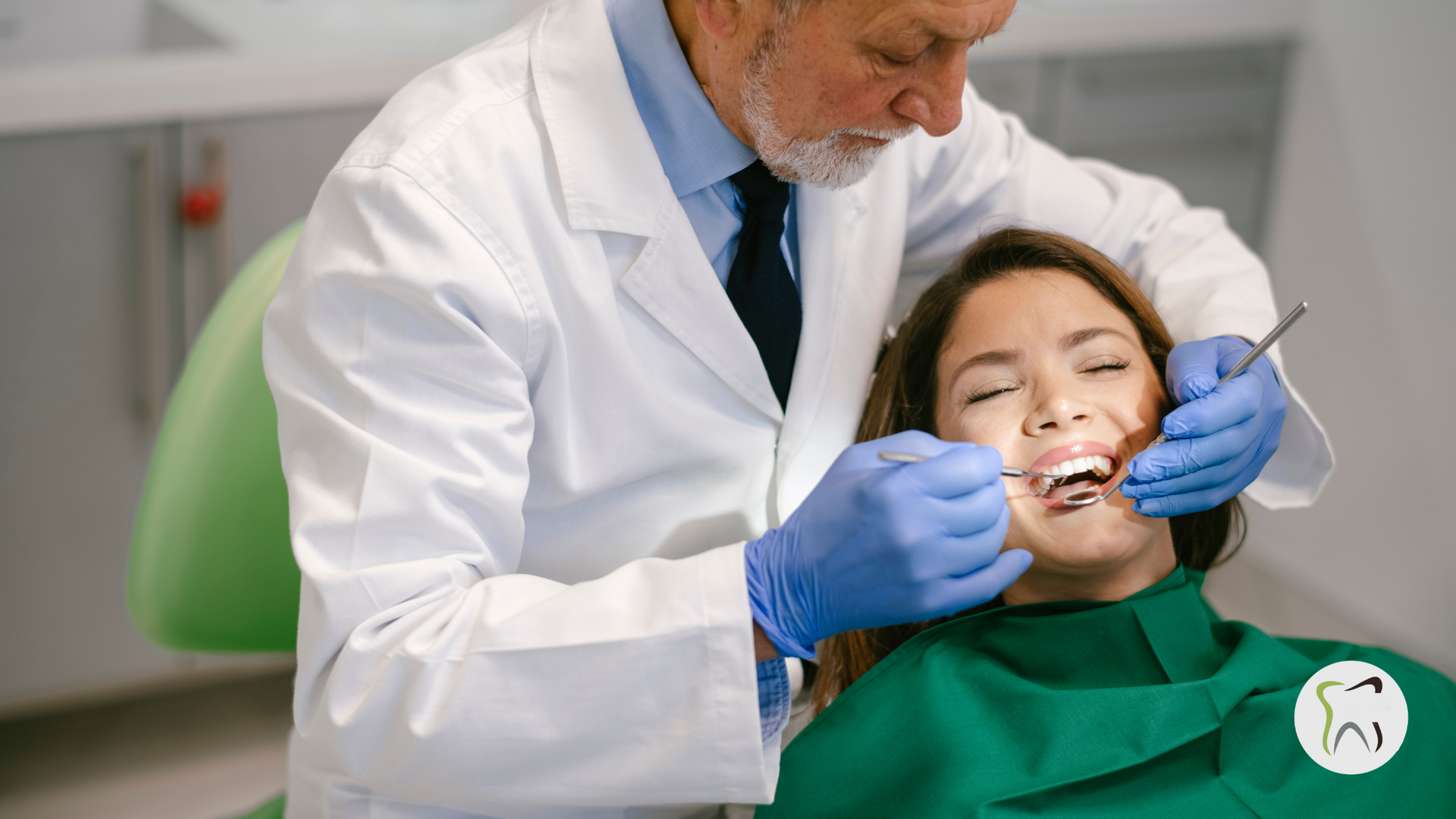
Before any extraction, we begin with a thorough evaluation. A clinical exam and digital imaging provide insight into the tooth’s roots, position, and relationship to surrounding bone. This helps us determine whether a simple or surgical extraction is needed.
We also review your health history and discuss anesthesia options, particularly if sedation is preferred. This is your chance to ask questions, share concerns, and understand how the procedure will be tailored to your needs.
Simple vs. Surgical: Two Types of Extractions
Extractions fall into two categories, and the right approach depends on the tooth’s condition.
In a simple extraction, the tooth is fully visible in the mouth. After applying local anesthesia, we gently loosen the tooth and lift it out of its socket using dental instruments. This method is typically used for teeth with straightforward access and normal root shape.
A surgical extraction is more involved. It may be required for teeth that are broken, impacted, or partially trapped in bone. The procedure involves making a small incision in the gum, and in some cases, dividing the tooth into sections for safe removal. Patients undergoing surgical extractions often opt for sedation to ensure maximum comfort.
Our team at Brewery District Dental in New Westminster will walk you through the exact type of procedure needed, ensuring you feel confident and prepared.
How to Prepare for Your Appointment

Preparation plays a key role in making the day of your extraction as smooth as possible. While your dentist will provide detailed instructions based on your needs, most patients can expect to:
- Avoid eating or drinking for several hours beforehand if receiving sedation.
- Arrange for transportation home if sedation is used.
- Take any prescribed medications as instructed and share updates about your health.
- Wear comfortable clothing and stay hydrated the day before your visit.
This type of preparation helps prevent delays and supports a safe recovery.
What the Procedure Feels Like
The most common surprise for patients? How easy it is. Thanks to modern anesthesia and gentle techniques, most extractions are over before patients realize.
Once the area is fully numb, you may feel pressure but no pain. For simple extractions, the dentist uses precise movements to dislodge the tooth. Surgical cases may involve lifting tissue or removing small pieces of bone, but this is all done with great care and attention to detail. We ensure your comfort throughout the process, and we keep communication open so you always know what is happening in real time.
What to Expect During Recovery

Recovery is part of the healing process—and while everyone experiences it differently, most patients report it being easier than expected. For clarity, here are a few key points to know:
What to expect during the first 24–48 hours:
- Mild swelling or soreness is common.
- A blood clot will form in the socket to aid healing.
- Discomfort can be managed with over-the-counter or prescribed medications.
- Soft, cool foods are recommended. Think yogurt, smoothies, mashed potatoes, and scrambled eggs.
- Physical rest and hydration support healing.
After the first few days, discomfort typically fades, and patients can gradually return to their normal routine. By the end of the first week, the gum tissue will begin to close over the socket.
What to Avoid While Healing
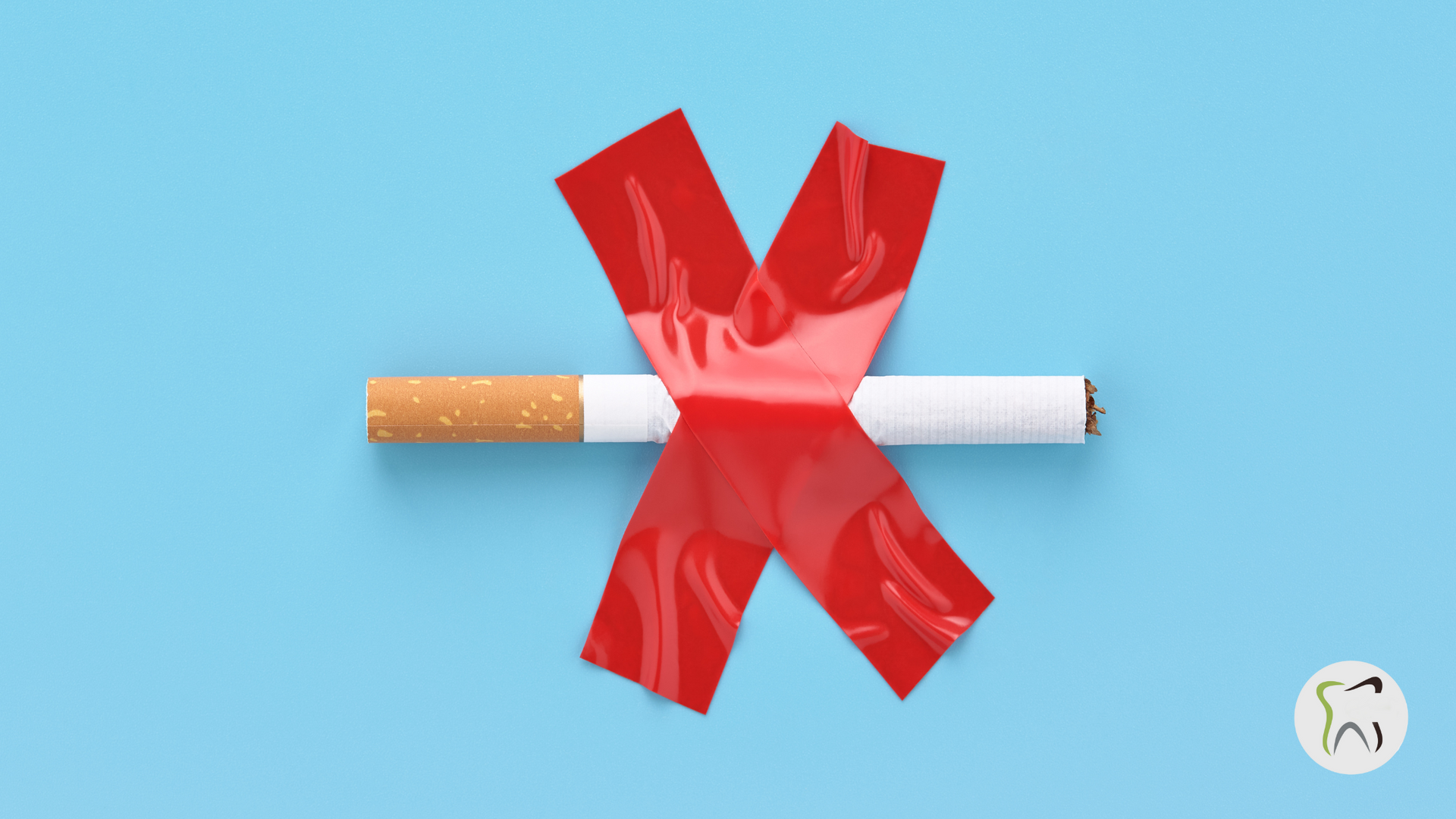
To protect the site and avoid complications like dry socket, it is important to follow instructions closely. Here are some habits to avoid during the first several days after your extraction:
- Smoking or using tobacco
- Drinking through a straw
- Vigorous rinsing or spitting
- Eating crunchy, sticky, or spicy foods too early
- Touching the extraction site with your fingers or tongue
By following our dentist’s post-care guidance, healing becomes more predictable and comfortable.
Dry Socket: What You Need to Know
Dry socket is a temporary but painful condition that occurs when the protective blood clot is lost too soon. It exposes the bone and nerves beneath, leading to sharp discomfort and delayed healing. It is most common after lower molar extractions.
Symptoms of dry socket include worsening pain two to four days after extraction, an unpleasant odor or taste, or visible bone in the socket.
Fortunately, dry socket is rare and treatable. If it occurs, our team can clean the site and place a medicated dressing to ease the pain and promote healing.
Do You Need to Replace the Tooth?

Whether or not you need to replace the extracted tooth depends on its location. Wisdom teeth usually do not require replacement. However, if a front tooth or molar is removed, leaving the gap unaddressed can cause shifting teeth and bite issues over time. We often recommend options such as:
- Dental implants for stability and function
- Fixed dental bridges for a natural look
- Removable partial dentures in select cases
We will revisit this conversation after your extraction has healed, ensuring you feel confident about the next steps.
Your Care Does Not End After the Procedure

Tooth extractions are not just a one-day event—they are part of a broader plan for lasting oral health. At Brewery District Dental, we ensure that patients in New Westminster feel supported from consultation to full recovery.
If you ever have questions, experience unexpected discomfort, or want to explore tooth replacement options, we are only a call away. We believe in building lasting relationships with every patient—based on trust, education, and thoughtful care.
